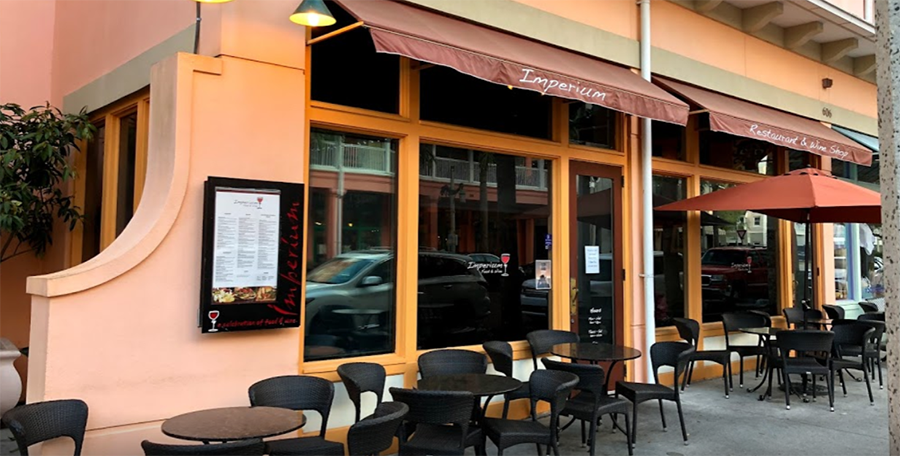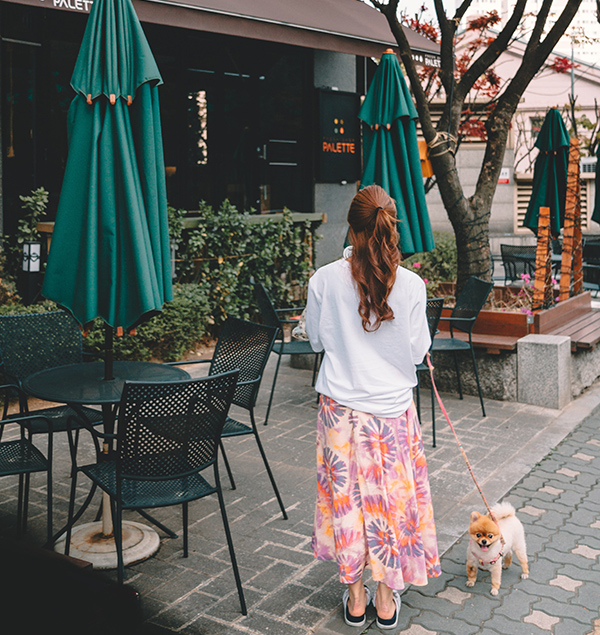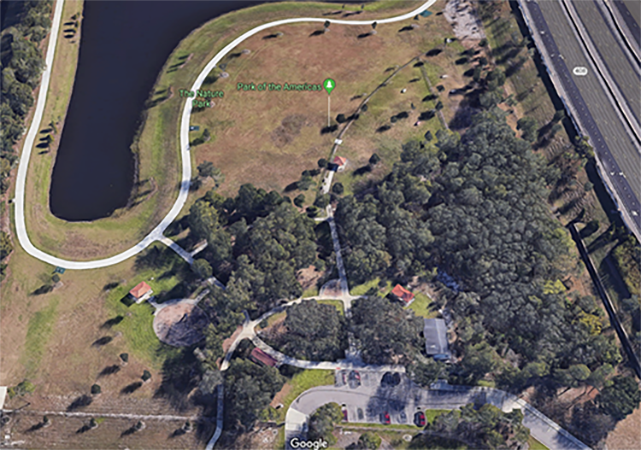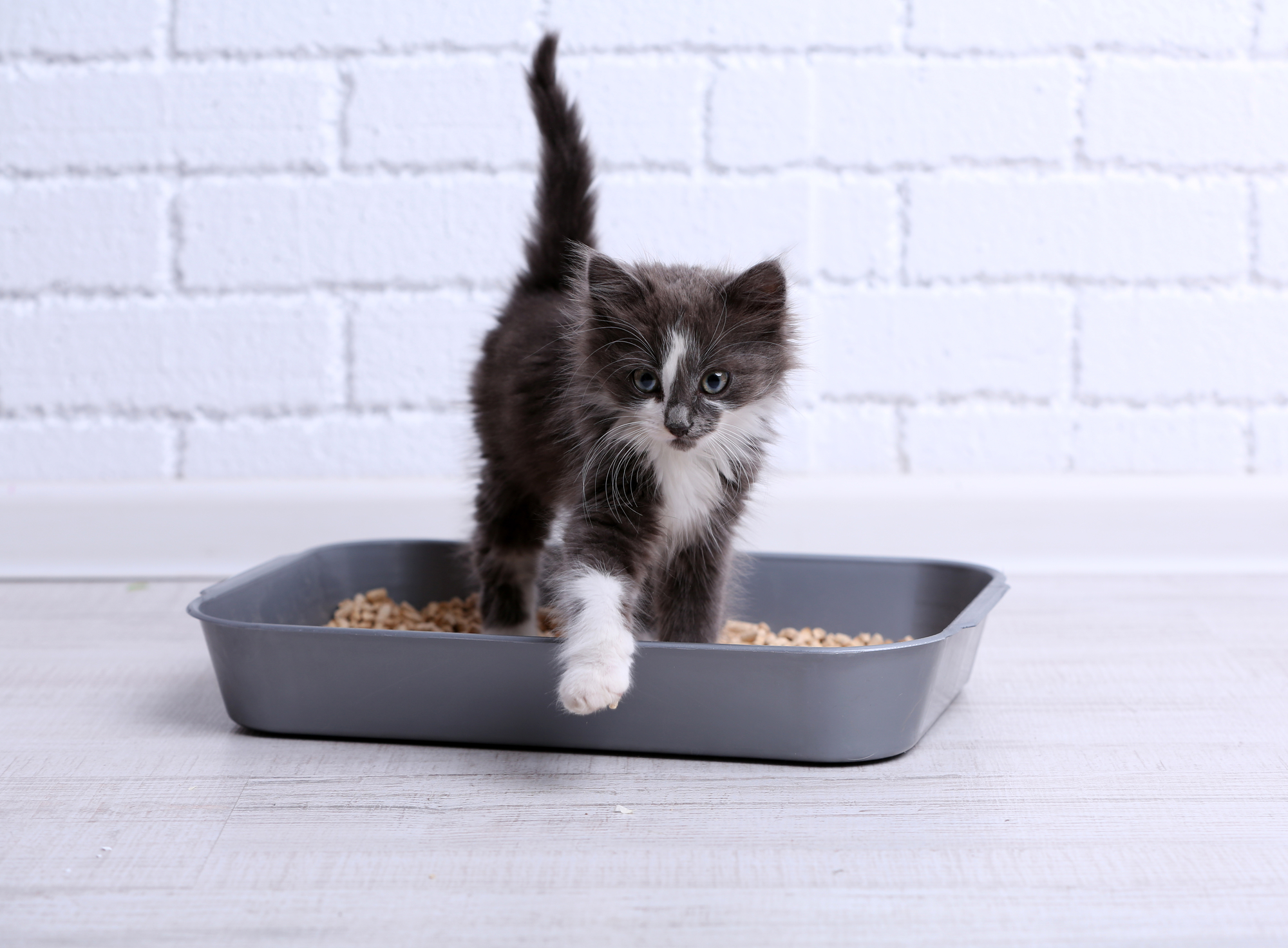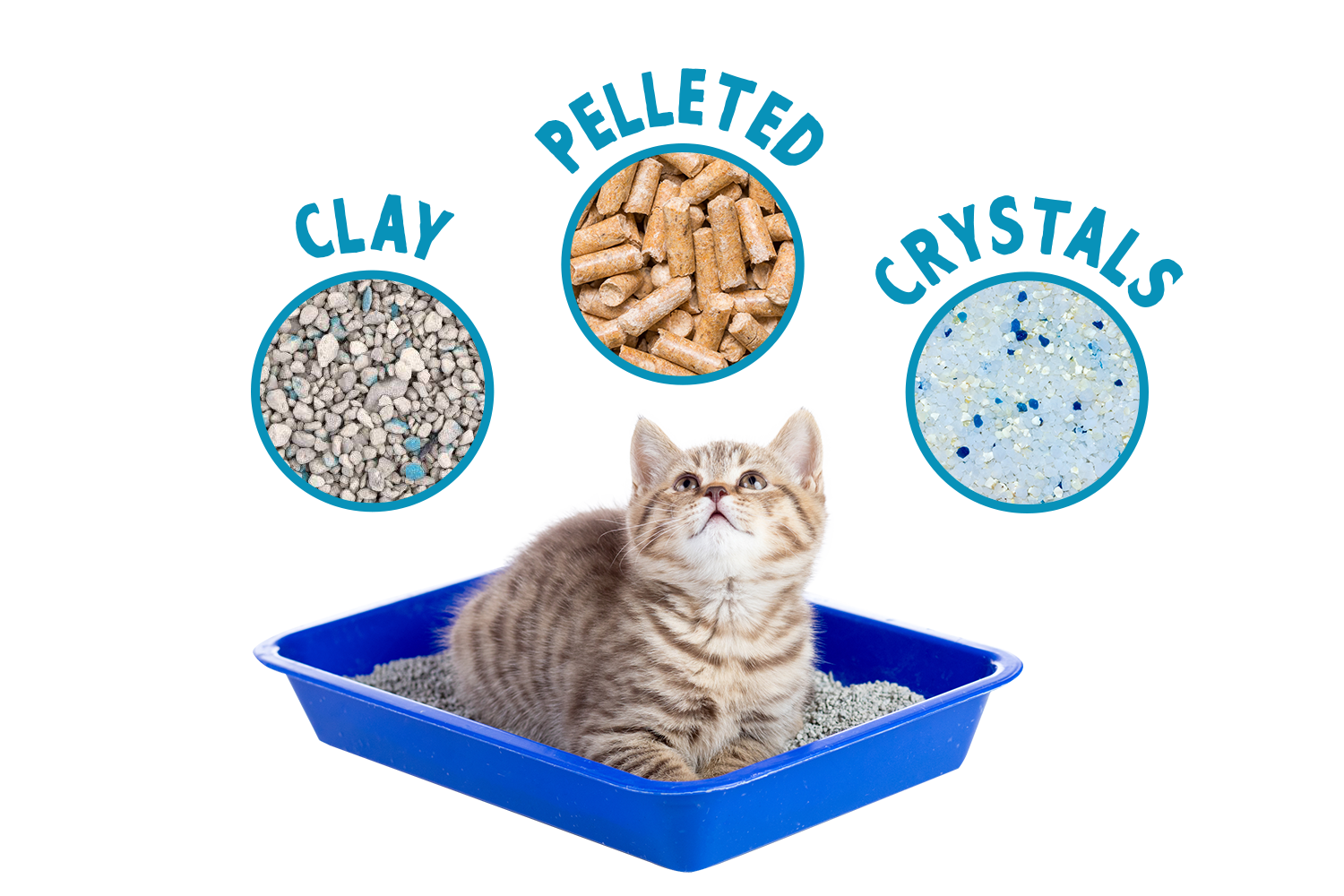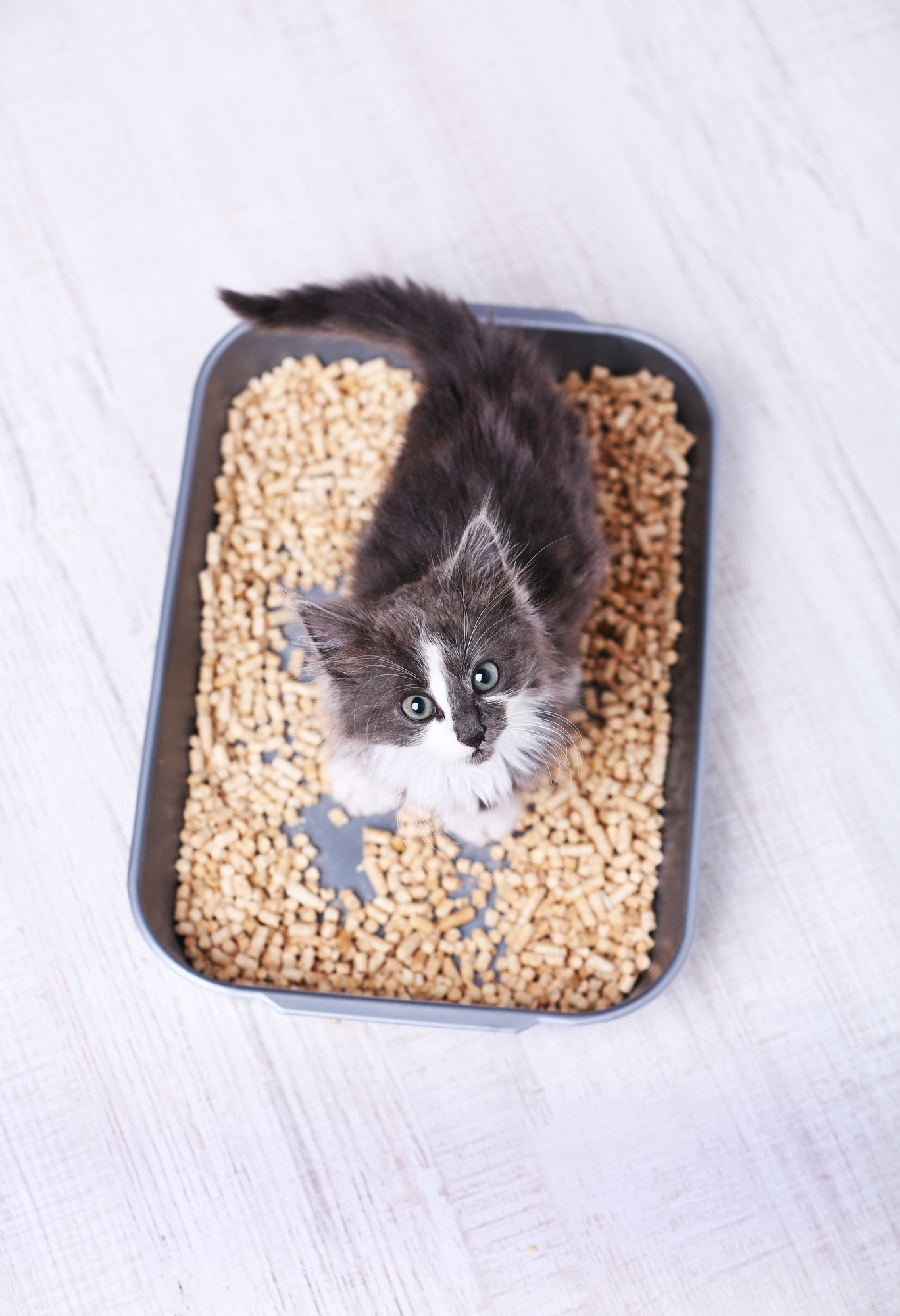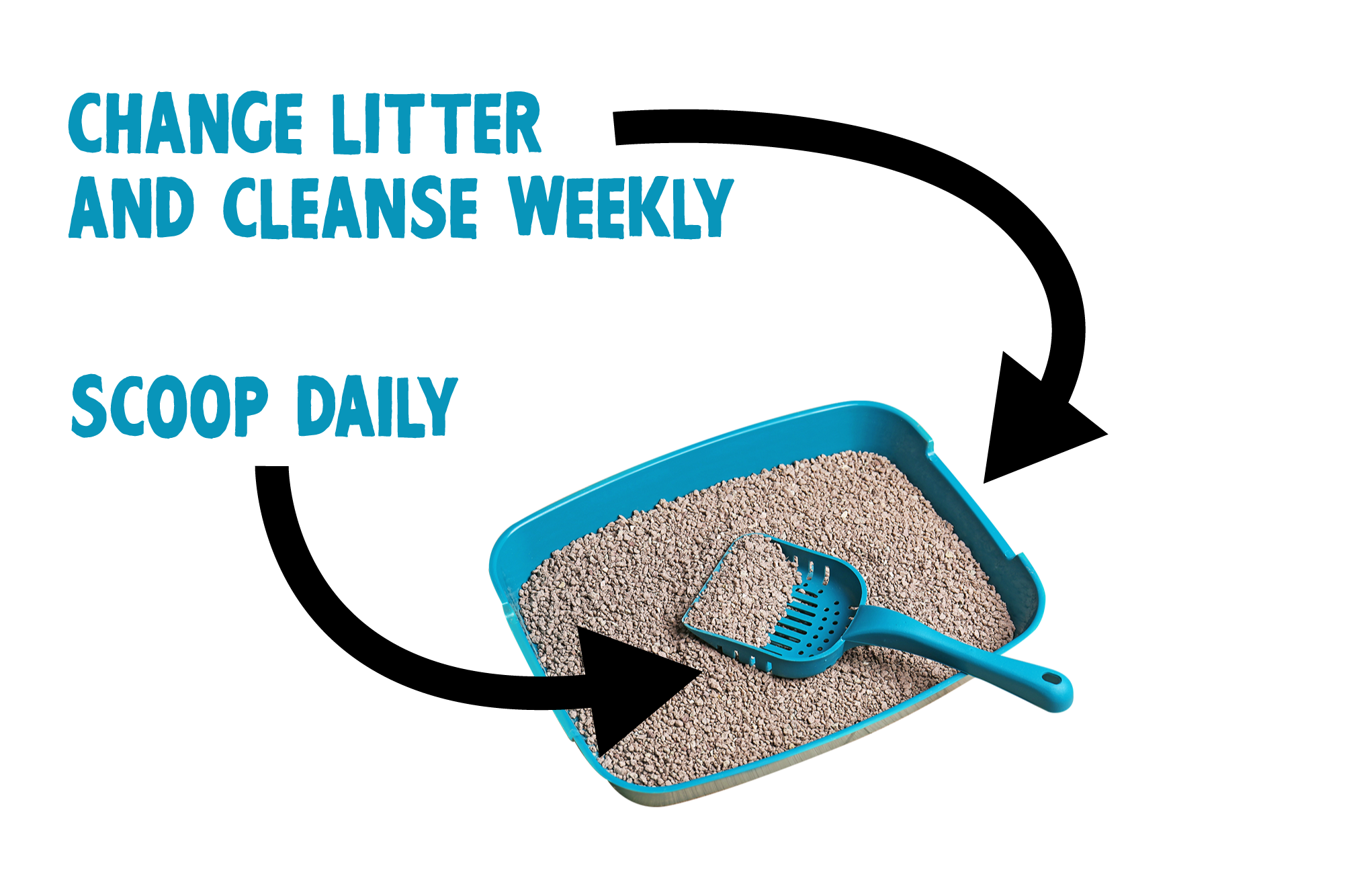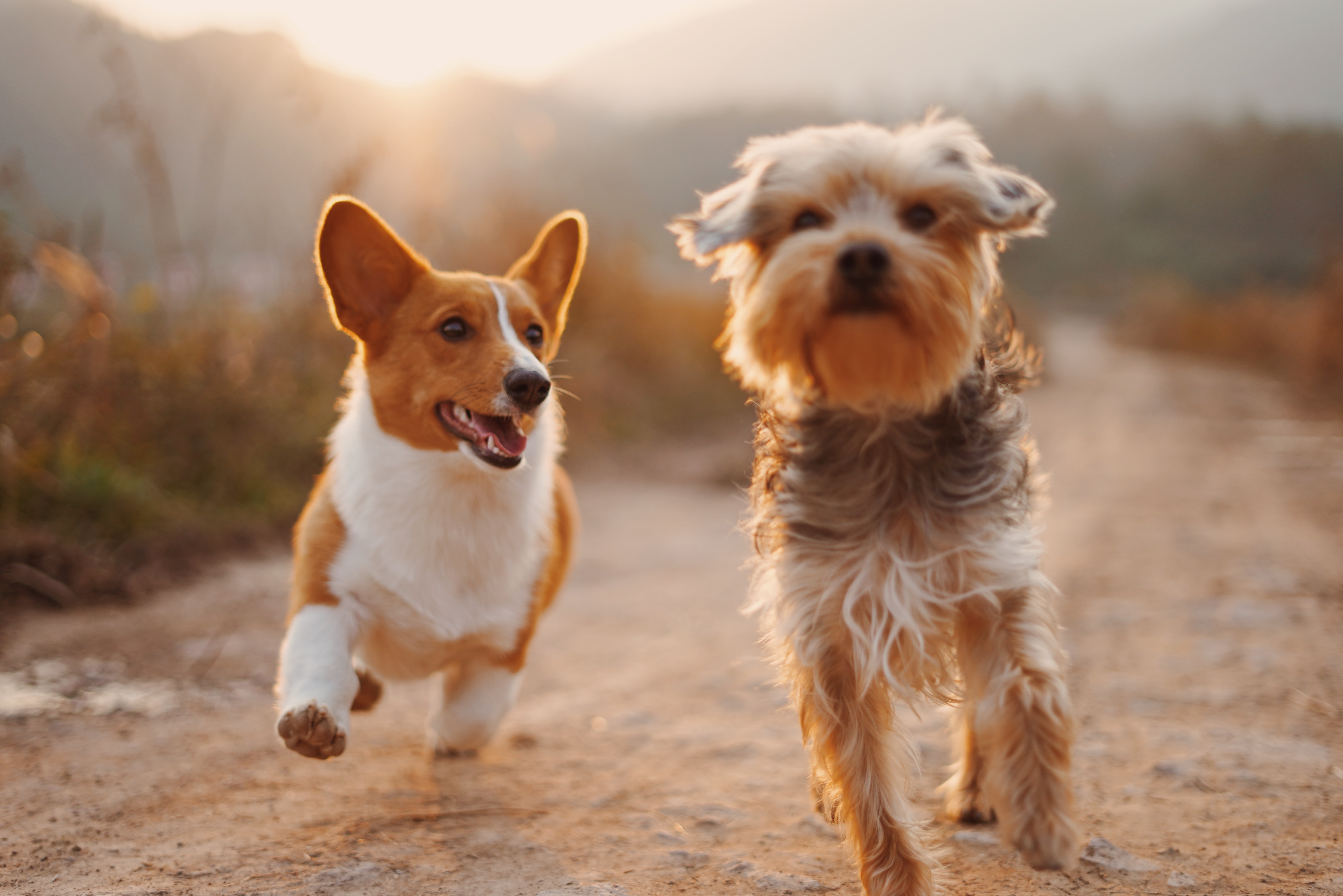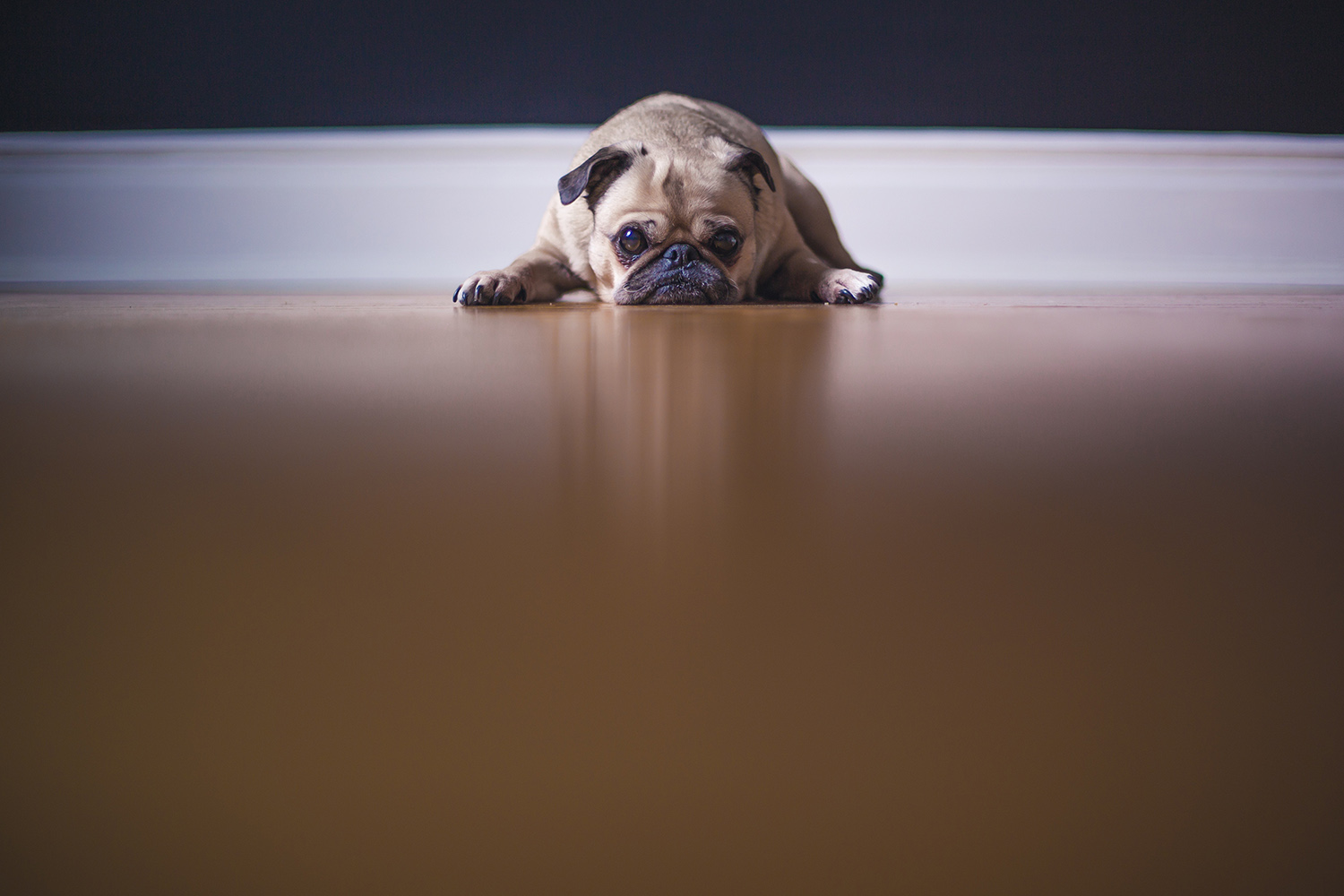
Just like humans, a dog can lose their appetite when they’re ill. For this reason, a sick dog may refuse food. One missed meal generally isn’t much to worry about. But if your dog continues to refuse food, you may want to determine the cause.
Why Does a Dog Lose Their Appetite?
The most common reasons a dog will lose their appetite are:
- Illness
- Infection
- Disease
- Recovering from surgery
- Mourning a death
- Aging
- Stress
When Should You Contact Your Vet?
If your dog exhibits any of the following symptoms in conjunction with a lose of appetite you should contact your veterinarian as soon as possible for an examination and potential testing:
- Vomiting
- Lethargy
- Weight loss
- Diarrhea
- Gagging
- Wheezing
- Coughing
Methods for Feeding a Sick Dog
 There are several different methods available for trying to get your dog to eat. Which method works best will depend on your dog. If the first method doesn’t work, keep trying new ones until you find a method that works for both you and your dog.
There are several different methods available for trying to get your dog to eat. Which method works best will depend on your dog. If the first method doesn’t work, keep trying new ones until you find a method that works for both you and your dog.
Wait
If your dog won’t eat, the first step is to allow them some time. Dogs can go for a few days without eating anything. Just be sure they are drinking water. It is normal for a dog to turn down one meal every once in a while. Dogs, just like people, aren’t always hungry. You may want to leave your dog’s food out for them to graze on throughout the day as they become hungry.
Give Your Dog a Treat
If your dog hasn’t been feeling well, you could try treating your dog with food they don’t normally get. Human food like chicken or even baby food may be so irresistible that your dog will actually eat something. Try just a small amount of human food at first to see if they will eat. If not, try adding a bit more.
You should mix this in with their existing dry food to encourage them to eat their normal diet along with the treat. Just be sure not to overindulge your dog in these treats as it can negatively affect their health.
Change Dry Food Brands
If you have a hard time getting your dog to eat dry food, another brand may be a better fit. Try a sample pack from the pet store to see if your dog likes a different brand better than the one you’ve been buying. Alternatively, you could try to mix in some wet food, which may stimulate your dog’s appetite more than the dry food.
Heat up Your Dog’s Food
Heating up your dog’s food increases its smell and palatability. Sick dogs will have a hindered sense of smell and taste. Food that has been warmed up may smell more fragrant and can help entice your dog to eat it. This will also help with taste which will encourage your dog to continue eating after that first bite.
Add Broth to Your Dog’s Food
Adding warm broth to your dog’s food not only helps with smell and palatability (as will simply heating up their existing food). Adding broth adds additional flavor. If your dog isn’t used to getting broth and has become unenchanted with how their current food tastes, broth may be the just the thing to get them eating again.
Hand-Feed Your Dog
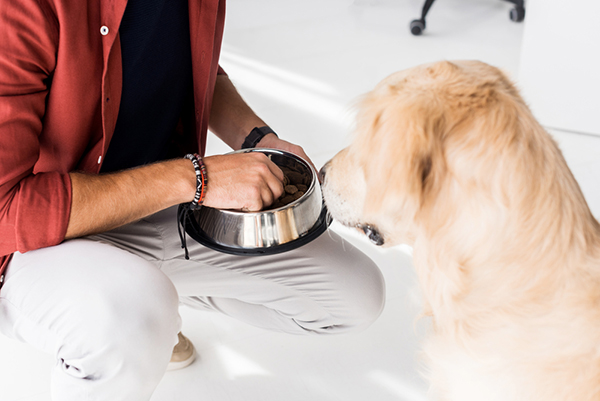
Try hand-feeding individual pieces of your dog’s food to your pet. This may help to comfort a dog who isn’t feeling well and encourage them to eat. This process may take a while to accomplish completely, but hopefully, your dog will begin to eat out of their bowl after you’ve hand-fed them a couple of pieces.
Read the Instructions on Any Medication
Some medications can reduce a dog’s appetite. If your dog is on antibiotics or on any other medication, this may be the culprit. Make sure you carefully read all instructions and then wait at least fifteen minutes before offering your dog food. By waiting, you’ll ensure that the medicine has hit your dog’s stomach and coated it fully before any food arrives.
Let Your Dog Eat Grass
 If your dog won’t eat its normal food but keeps trying to eat grass, you should let them. Eating grass can make your dog vomit, which may actually be a good thing. If whatever is making your dog feel ill will be eased by vomiting, your dog’s instincts may be leading it to eat grass. Just make sure to keep your dog well-hydrated. However, if your dog vomits more than twice, or eats grass every time they’re outside, that’s a sign that you should take your dog to the vet.
If your dog won’t eat its normal food but keeps trying to eat grass, you should let them. Eating grass can make your dog vomit, which may actually be a good thing. If whatever is making your dog feel ill will be eased by vomiting, your dog’s instincts may be leading it to eat grass. Just make sure to keep your dog well-hydrated. However, if your dog vomits more than twice, or eats grass every time they’re outside, that’s a sign that you should take your dog to the vet.
Take Your Dog to the Vet
Visiting the vet is always a good idea if your dog is sick and won’t eat. Your vet can help you figure out what ails your dog and what to do to get them feeling better. Your vet can also make sure your dog is prescribed any medications it may need, whether to address the illness or to encourage appetite.
Is your dog refusing their food?
Stimulate Your Dog’s Appetite
If your dog has refused food for a long period of time, or if they have a health condition that suppresses appetite, your vet can prescribe or recommend a medicinal appetite stimulant. There are stimulants that reduce nausea and others that mimic the hormone that makes your dog hungry. This method will require you and your vet to first know why your dog isn’t eating so you can get the correct stimulant.
Use a Syringe
Force-feeding via a syringe is a more drastic measure, so you should do this only if other methods haven’t worked. If your dog hasn’t eaten in two days, you can try using a syringe to feed your dog liquids like broth or watered down wet food. If your vet has recommended medication for your dog, you could try feeding medicine to your dog using a syringe as well as food.
We recommend speaking to a vet before attempting this as syringe feeding needs to be done correctly to avoid negative health effects on your pet.
What Foods Should I Feed My Sick Dog?
Some foods are more appetizing to dogs when they’re sick than others. If your dog isn’t feeling well, there are some foods you can try feeding them that are more appetizing and easier on the stomach.
Wet Food
If your dog normally eats dry food, try introducing wet food. For many dogs, wet food is an exciting treat. And as a bonus, wet food can help keep your dog hydrated given its higher water content.
Baby Food
Baby food is easy to eat and can be tasty for dogs. Plus, it can be nutritious. Look for meat-based baby foods that don’t have onion or garlic in them. Chicken, lamb, or turkey are good options.
Bone Broth
Bone broth is very mild but also nutritious and sits well in an upset stomach. If your dog hasn’t been eating and has a suppressed appetite, bone broth can be a good way to get your dog some of the nutrients they need.
Chicken Broth
The chicken broth will not only taste good to your dog but will also sit easily in the dog’s stomach. If the cause of the loss of appetite is an upset stomach, this can be a good food to try.
Shredded Chicken
Shredded chicken is easy for dogs with upset stomachs to eat and can be a big incentive for your dog to eat something. Dogs love chicken and so long as it’s unseasoned (seasonings can upset a dog’s stomach more) and cut into small enough pieces, it can be a good option.
Chicken and Rice
Chicken and rice are actually used as ingredients in most dog foods. It’s bland enough to be easy on an upset stomach, so long as you don’t season it and use white rice. Make sure that the chicken is thoroughly cooked (by boiling it) and that it’s cut up into small enough pieces that it’s easy for your dog to eat.
Pumpkin
Pumpkin is good for your dog’s digestion. It’s high in fiber and contains quite a few different vitamins, including iron, magnesium, vitamin A, vitamin C, and more. Feed your dog four tablespoons of unseasoned canned pumpkin. Avoid feeding your dog pumpkin pie filling because the sugars and seasonings in it could further upset your dog’s stomach.
What Are the Healthiest Foods for My Dog?
Dog foods are designed to get your dog the nutrients it needs, but there are some ‘human’ foods that can be very healthy for dogs as well. Here are a few of these healthy options::
- Cooked eggs are a good source of calcium, antioxidants, protein, and several vitamins.
- Omega-3s are also good for dog joint health.
- Mushrooms are filled with vitamins and nutrients that are good for your dog as well.
You should consult with your veterinarian before introducing any new foods into their diet.
The Importance of Water
You may be so focused on food intake you forget about water entirely. But, water intake is arguably more important than food intake. If your dog refuses to eat, in the meantime, you’ll want to encourage water consumption to help keep them hydrated.
Dogs are naturally able to go longer without food but their tolerance for not drinking water is much less. At most a dog can go three days without water intake but can survive for five to seven days or more without food. Realistically, you don’t want to test your dog’s limits but do not force your dog to drink as this can cause aspiration pneumonia.
It’s important to get your dog medical attention as soon as possible if they are not eating or drinking for 48 hours or more.
How to Encourage Water Intake
If your dog is not showing any interest in water, try the following tricks to try and get them drinking again:
- Give your dog an ice cube to lick
- Offer water on your fingers
- Offer Pedialyte if recommended and okayed by your vet
- Add ice to your dog’s water bowl
Signs of Dehydration
Keep a close eye on your dog for any signs of dehydration. These are the most common symptoms of dehydration to familiarize yourself with:
- Loss of appetite
- Panting
- Lethargy
- Loss of skin elasticity
- Dry and sticky gums
- Dry nose
- Dry-looking eyes
Seek immediate veterinary attention for your pet if they are showing signs of dehydration. Your veterinarian will be able to provide subcutaneous fluids to help get them hydrated while also treating the original cause of their sickness.
What Not to Feed a Dog
If your dog is sick, you shouldn’t feed them anything too rich. Sometimes, dogs can get sick from eating too many rich foods – if you tend to treat your dog and feed it human food very often, you should cut back on the number of treats you give them.
Your dog may also be feeling under the weather due to something they’ve previously consumed. If your dog is already sick, check that they haven’t had access to any of the following:
| Don’t Feed Your Dog: | Because… |
|---|---|
| Xylitol | It can cause a drop in blood sugar and liver failure |
| Avocado | Avocado seeds can cause an obstruction and the avocado itself can cause illness |
| Grapes or Raisins | It can cause kidney failure |
| Caffeine | It can be fatal |
| Onions or Garlic | It can cause anemia or poisoning |
| Alcohol | It can cause vomiting, breathing problems, and potentially death |
| Milk or Other Dairy | It can cause diarrhea and digestive problems |
| Human Medication | It can cause illness and potentially death |
| Chocolate | It can cause vomiting, diarrhea, and potentially death |
| Sugar | Sugary foods can cause weight gain and diabetes |
| Macadamia Nuts | It can cause muscle shakes, vomiting, and other symptoms |
| Raw Eggs | There’s a risk of salmonella or E.coli |
| Raw Fish or Meat | There’s a risk of parasites |
| Uncooked Yeast Dough | It can rise in your dog’s stomach or cause alcohol poisoning |
| Fat Trimmings | They can cause pancreatitis in dogs |
| Spices, Baking Powder, or Baking Soda | They can be toxic to dogs |
| Bones | They can cause choking or can splinter and cut your dog’s digestive system |
| Fruits with Seeds or Pits | Seeds and pits can cause digestive problems for dogs or may be poisonous |
| Salt | Too much salt can dehydrate a dog |
Is your pup acting sick after getting into ‘human food’?
FAQs
When Shouldn’t I Feed My Sick Dog?
If your dog has been vomiting or has diarrhea, then you should wait at least twelve hours after the last episode to try to feed it again. If you feed your dog too soon and it’s been vomiting, the food could upset the stomach again and just give it more to throw up. If vomiting or diarrhea persists for two days or more, take your dog to the vet.
How Much Should I Feed My Sick Dog?
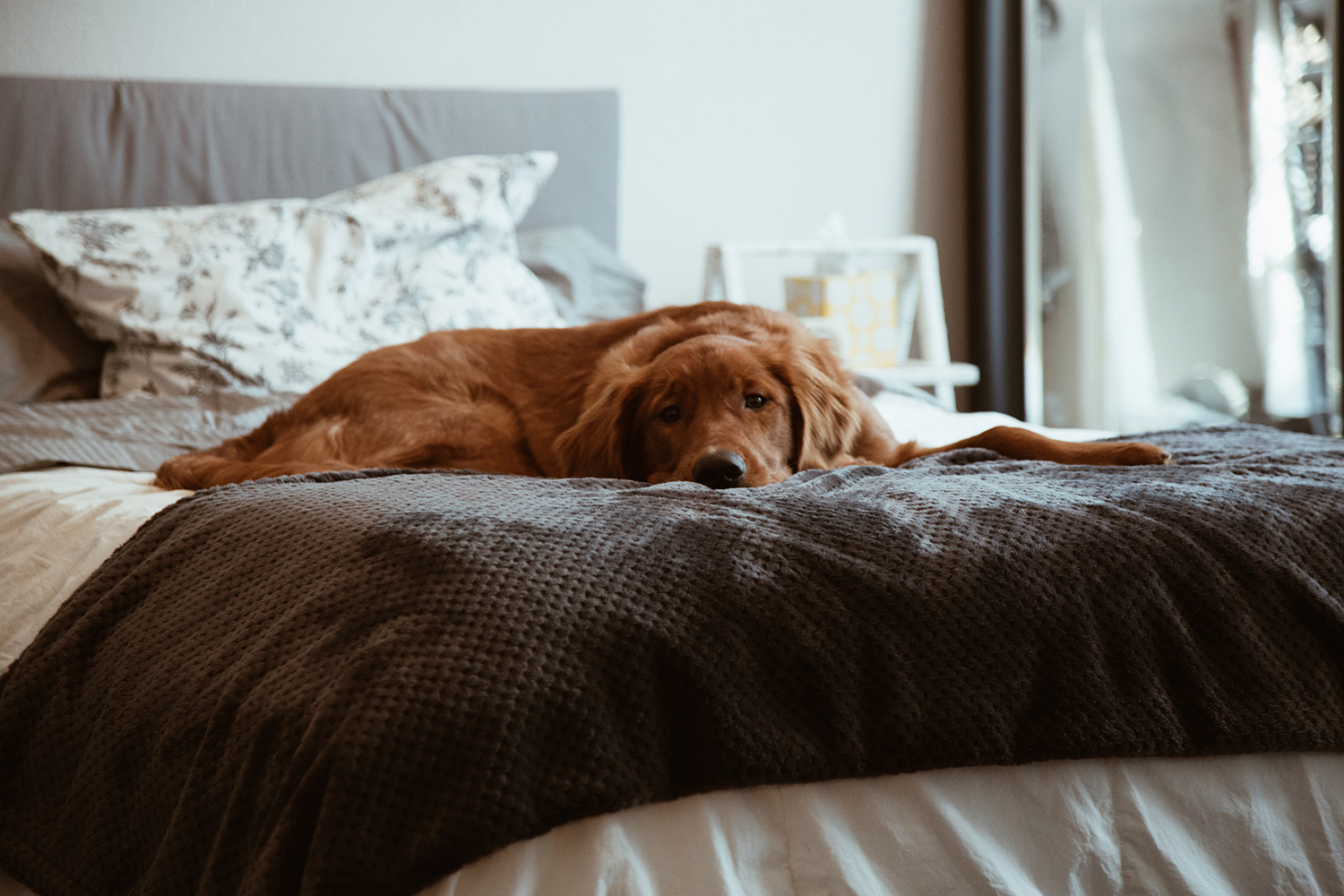
How much you should feed your dog when it’s sick depends on the dog and the type of sickness. Consult with your vet to make sure you’re feeding your dog enough, but also let your dog guide you. If your dog will eat some, but then refuses food again, try waiting a while before offering food again.
Do Sick Dogs Lose Their Sense of Smell?
Smell is the most powerful of a dog’s senses and a variety of factors can influence it. Allergies and infections can affect the sense of smell, as can old age. If the dog’s nose is dry, that can also decrease the sense of smell. Illness on its own doesn’t necessarily affect it, however.
What Else Can I Do to Help My Dog?
Make sure your dog is comfortable. Make sure they’ve got a comfortable bed to rest on. Take your dog for walks, if they’re feeling up to it. And make sure that you don’t let your dog see that you’re nervous – they can pick up on human feelings and they’ll be stressed, too, if you are.
How Long Can a Dog Go Without Food?
Dogs can usually go three to five days without food, however, this is not ideal. If your dog has gone two days without food, it is highly recommended you call a veterinarian if you haven’t already.
More important than your dog eating is their water intake. If you can’t encourage your dog to eat, try to convince them to drink water (without forcing them to drink).
Should I Feed My Dog After They Throw Up?
It is best to withhold food from your dog for a few hours after they throw up. This allows you time to observe your dog’s behavior and see if they exhibit any other concerning symptoms or continue vomiting.
Be sure you have fresh water available to your dog even after they vomit.
Should You Force-Feed a Sick Dog?
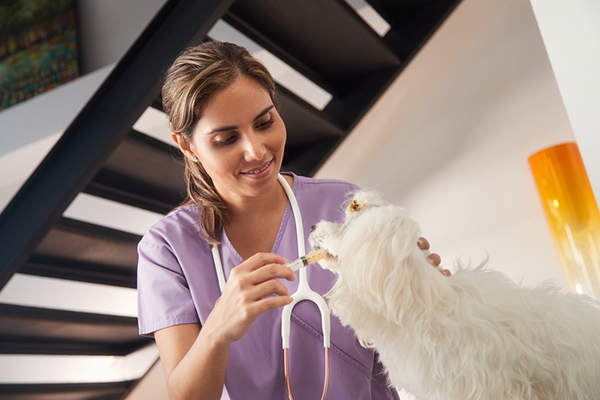
You can use a syringe to force-feed your dog if it has been more than 48 hours since your dog ate. This should only be done after your veterinarian has examined your pet and determined force-feeding was okay. Be sure you know how to force-feed your pet safely. Your veterinarian will be able to demonstrate how this is done during an examination.
What to Do After 48 Hours
If your dog is still refusing food after 48 hours, you’ll want to seek out immediate veterinary care. An expert team of veterinary professionals can diagnose and treat your furry friend before their condition worsens.



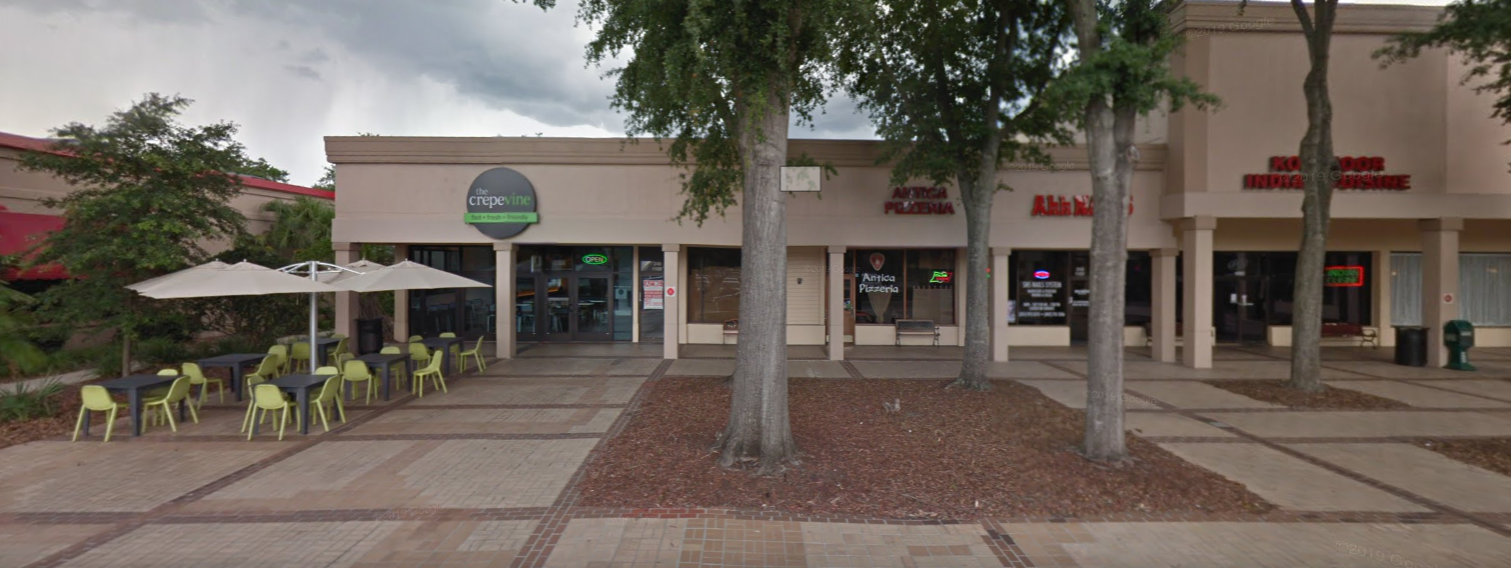
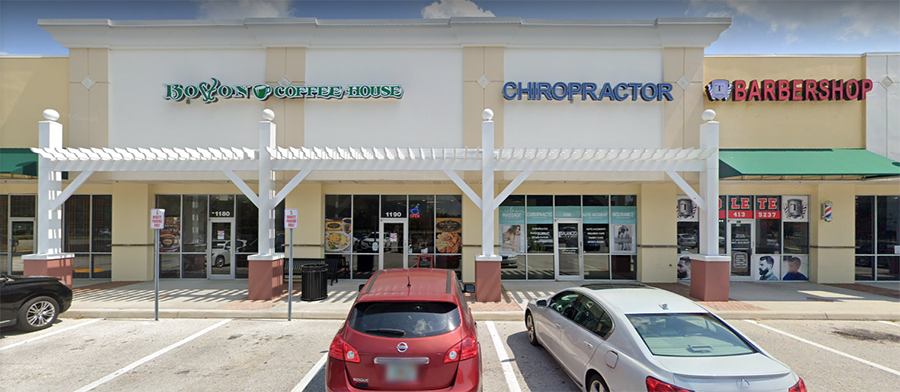
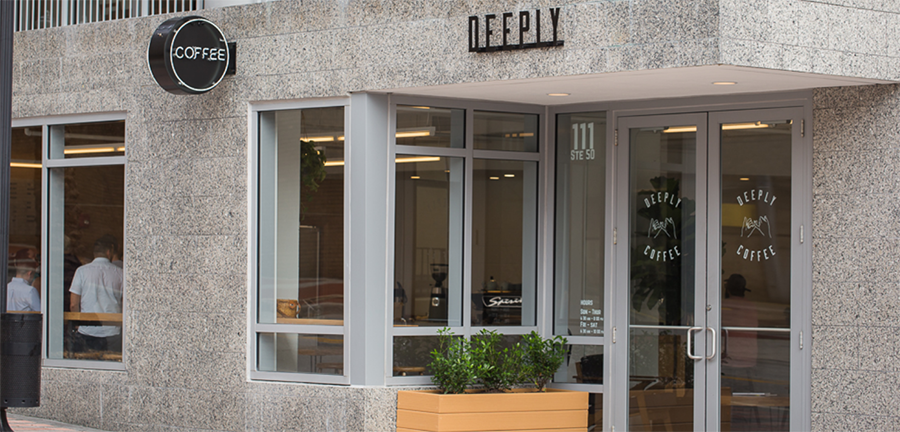
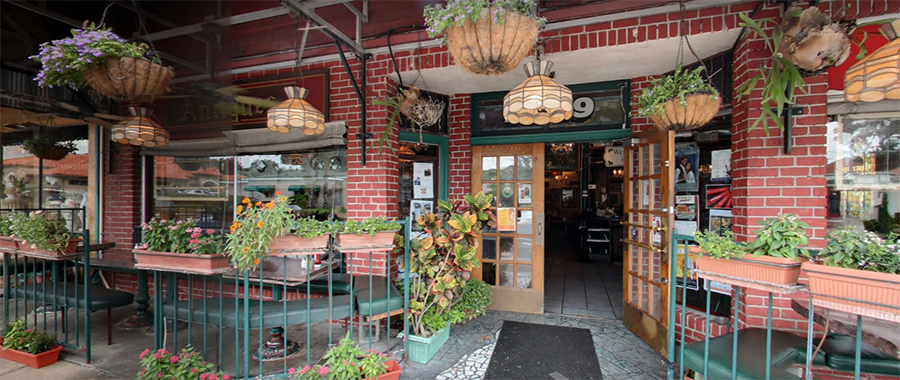



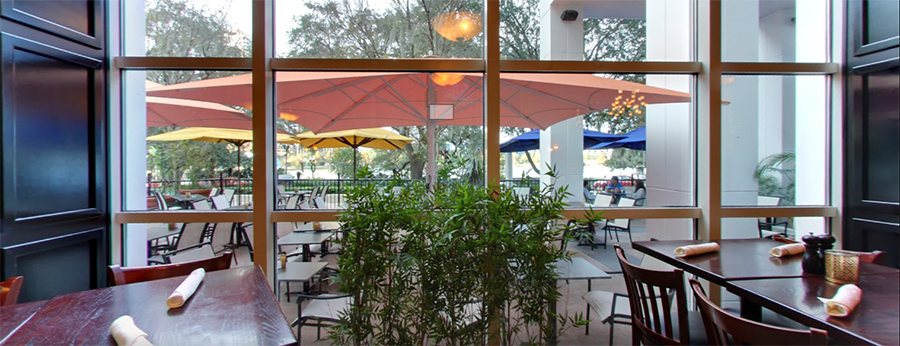
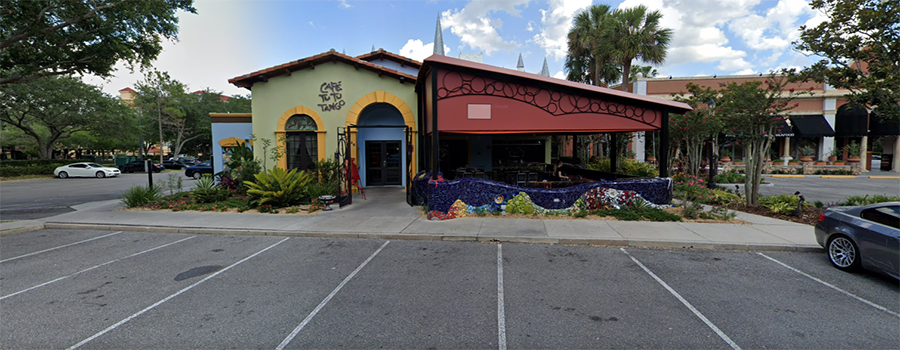
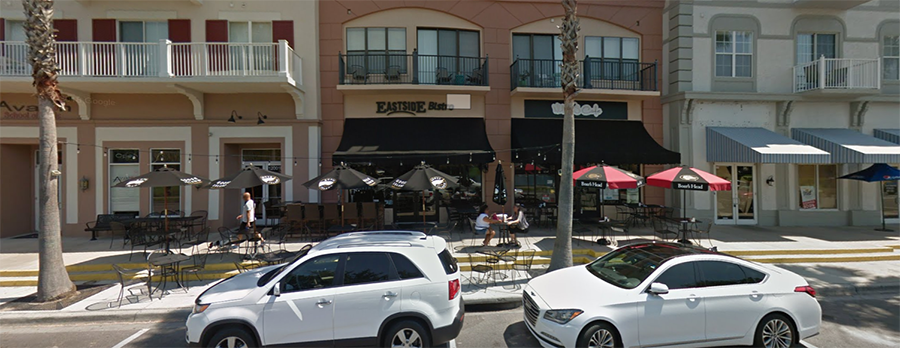
 300 S Sanford Ave, Sanford, FL 32771
300 S Sanford Ave, Sanford, FL 32771